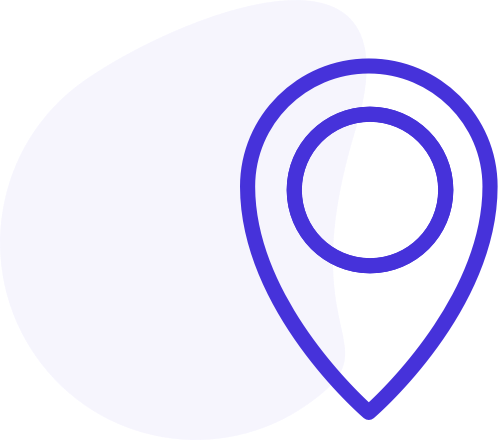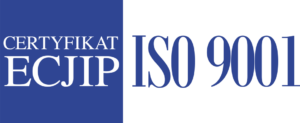Alphabet: The German alphabet consists of 26 letters, just like the English alphabet. However, it includes the additional characters ä, ö, ü, and ß (Eszett), which are not found in English.
Compound Words: German is famous for its long compound words. By combining multiple words into one, Germans can create very precise and descriptive terms. For example: “Rechtsschutzversicherungsgesellschaften” means “legal protection insurance companies” and “Donaudampfschiffahrtselektrizitätenhauptbetriebswerkbauunter-beamtengesellschaft” means “Association for Subordinate Officials of the Head Office Management of the Danube Steamboat Electrical Services.” Whew!
Longest Words: Germans aren’t shy about creating lengthy words. “Rindfleischetikettierungsüberwachungsaufgabenübertragungsgesetz” translates to “Cattle marking and beef labeling supervision duties delegation law.”
Word Order: While German has a more flexible word order than English, the basic sentence structure follows Subject-Verb-Object (SVO). However, word order can be rearranged for emphasis or stylistic purposes.
Gendered Nouns: In German, every noun has a gender: masculine, feminine, or neuter. The gender of a noun determines the definite article (der, die, or das) and the declension of accompanying words.
Cases: German is known for its case system, which affects the articles, adjectives, and pronouns used with nouns. There are four cases: nominative, accusative, dative, and genitive. Each case serves a specific grammatical function.
Verb Conjugation: German verbs are conjugated to match the subject and tense of a sentence. The language has strong and weak verbs, each with its own conjugation pattern.
Umlauts: The German language includes umlauted vowels (ä, ö, ü), which alter the pronunciation and meaning of words. For example, „schon” means „already”, while „schön” – „pretty”.
Plurals: German plurals can be formed in various ways, such as adding -e, -n, -en, or -er to nouns, depending on their gender and case.
Regional Variations: German is spoken in several countries, including Germany, Austria, Switzerland, Liechtenstein, and parts of Italy and Belgium. Each of these regions has its own dialects and variations of the language.
Influential Literature: German has a rich literary tradition, with authors like Johann Wolfgang von Goethe, Friedrich Schiller, and Franz Kafka contributing significantly to world literature.






